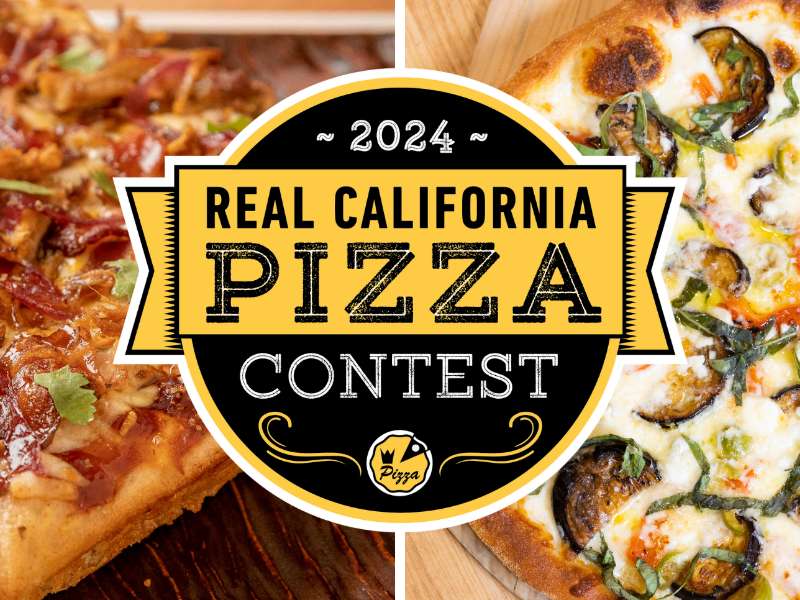One of the most common questions I hear from food business owners is “how do I determine my marketing budget?” And the truth is there’s no simple answer.
It’s a process of trial and error, and every budget is relative to the amount of money coming in and many other factors. Some consultants will say to spend 5% to 10% of revenue on a marketing budget, and that may work, but there is no silver bullet when it comes to a marketing spend.
Creating a marketing budget is something that takes some time and experience. My company works with clients for years to find the sweet spot of ROI, and there are many lessons along the way. We’ve learned to observe them, learn from them, and build a marketing plan that around them.
But make no mistake--marketing is essential for growth. Yours is a highly competitive industry, and often, it’s the use of marketing and PR that make the difference between success and failure, so it would be unwise to overlook this category when creating your yearly budget. Here are some steps to get you started.
Identify Your Goals
Before you can decide what to spend, you need to know where you’re trying to go. Do you want to increase foot traffic, establish your spot as a destination, launch a second location? Take time to write out what your goals are for the coming year and what success will look like for your business.
Look At Your History
Working with an accountant, go through the previous year or more to get a firm grasp on P&L for your company so you know exactly where you stand and what you might have room to spend.
Take the time to look at previous marketing spends—perhaps for advertising, consulting, or sponsorships; and then turn a critical lens on them. Were they worthwhile for your brand or not? Did you see a trackable ROI from those activations? If so, and if the experience was positive overall, those are the ones to keep. If not, ask yourself why that spend wasn’t successful—Did it target the wrong audience, were you not represented clearly, or did you miss opportunities to leverage the activation properly? Then you can decide if you want to try again with different parameters (for example, looking for opportunities to bring people into your restaurant when you sponsor an event, rather than just seeing your name in the ‘sponsor stew’) or if you want to try something new.
Determine Your Marketing Campaigns
Next, start thinking of a marketing vision for the year. This begins with identifying who your target audience is and what their values are. What is important to the segment of the population that is going to spend the most money in your locations or on your products?
Once you know their values, you can decide how to attract them. Maybe they value community engagement, and so connecting with area nonprofits through event sponsorship makes sense. Perhaps your target demographic are tuned in to social media, so spending money to improve your online presence would be appropriate. Once you’ve done this, go back to the numbers and take a look at what is a reasonable spend based on the capital you have to work with. For some things, like ad placement on social media, it’s possible to start small and test the waters. Other spends, such as sponsorships, typically have a higher price tag but may have a longer lasting impact, as you enjoy exposure leading up to, during, and after the event. Coming up with your budget is about weighing those options and deciding what you want to take a chance on the year to come, according to where you think your money will do the most work for your brand.
Create the Tools
Marketing is about sharing your brand with the world, so you must have the best pieces in place to help you tell your story. Investing in high quality photography, graphic design, and copywriting will only help to elevate your brand so that when you are marketing yourself in the community, that activity points back to a brand that people will love!
If you’re going to put your brand out there, make sure that people can follow up by visiting your website and that it is responsive to their needs. These are all considered marketing spends and should be included in your marketing budget. Make a list of the tools you need this year, and then look at providers to see who can give you the best result for the most reasonable price. This includes:
- Photography—You might be able to snap some great pictures on your phone, but high quality photography is still essential and worth investment.
- Graphic Design—Don’t design your own ads or rely on publications to do it for you. Hire a designer who understands your concept and brand.
- Web Design—A professional should be able to create a highly responsive site that allows you to see who visits and what actions they take when they do. They should also be able to optimize your site so that it comes up quickly in searches. And working with a pro will also help you troubleshoot when web issues come up that you can’t solve on your own.
- Copywriting—You are the expert on your story and your brand voice, but you might not be the best person to communicate it. Trust a professional to create copy for your website, marketing pieces, and even on your menu.
- Print Marketing Pieces—You may need tools, including postcards, door hangers, wholesale marketing sheets, etc that go out into the world representing your business. Make sure they are the best quality you can afford.
Calendar
Take a look at the calendar and determine the marketing cycle that works best for you, meaning, how often you want to engage in specific marketing activities like events—monthly, quarterly, etc. Do the research to identify what events might be right for your brand, and then compare the costs.
It's Not Just Money
When creating your overall marketing plan for the year, remember, it’s not just about giving money. You have at least two assets that people are always looking for—food and space. If you can offer those things in lieu of cash, you increase the connection to your brand with less investment, and that’s always a good thing!



